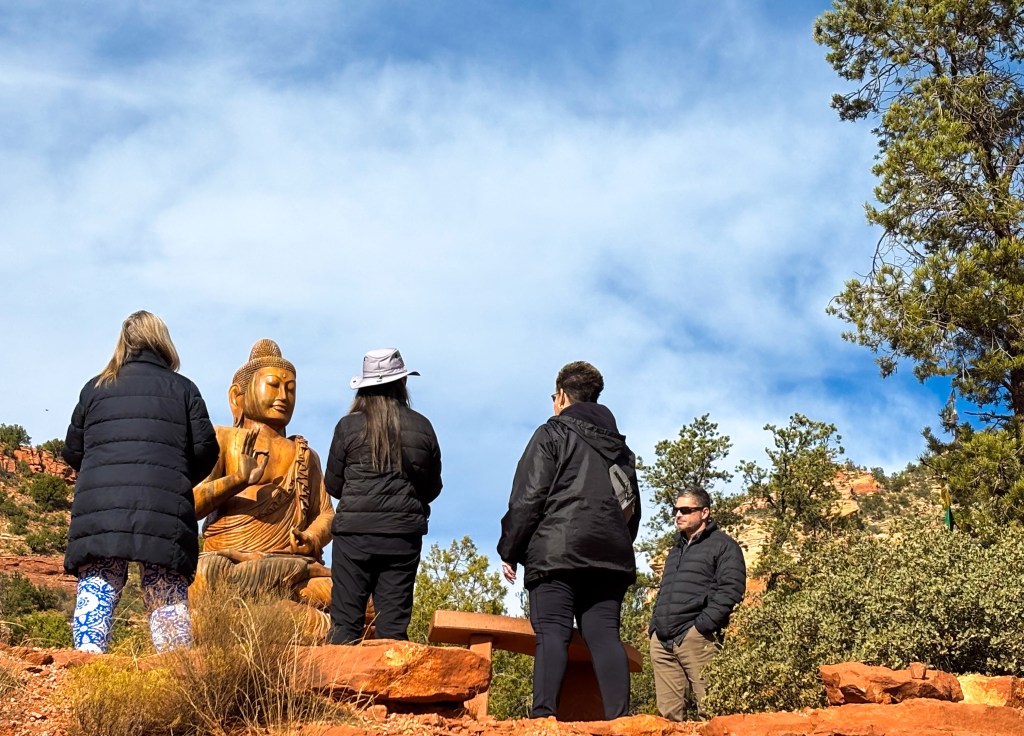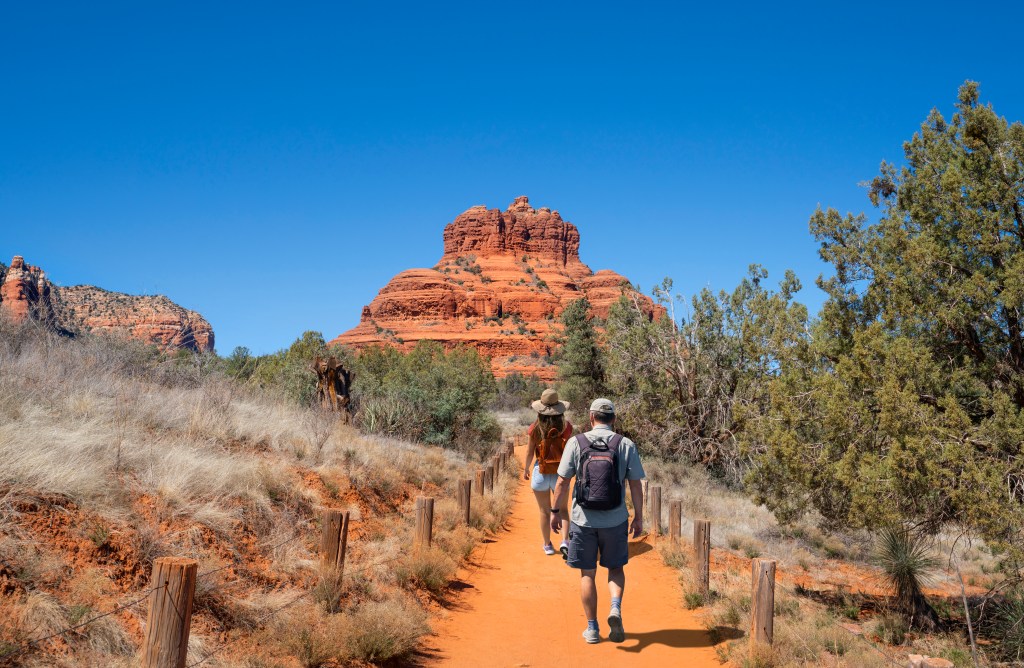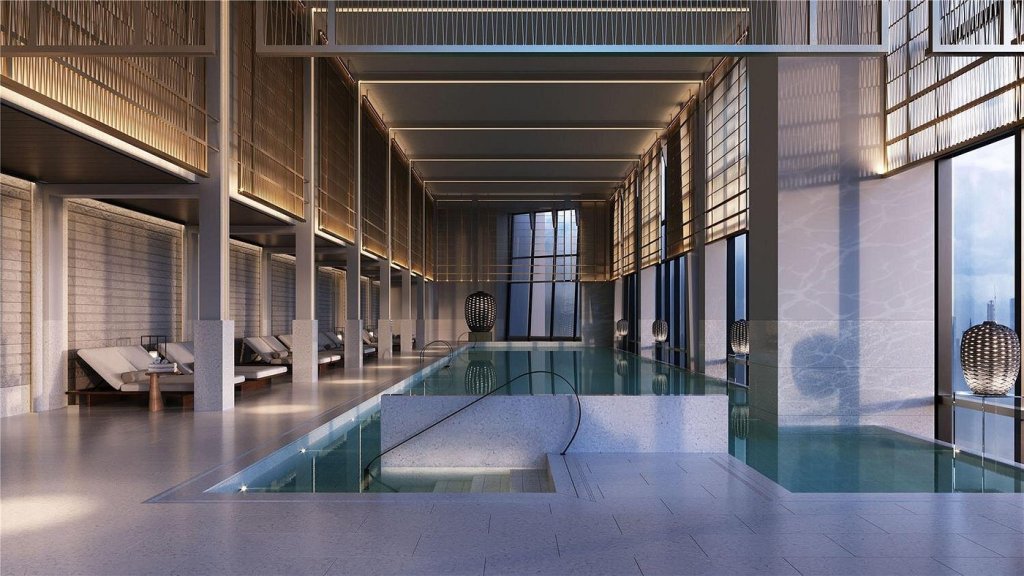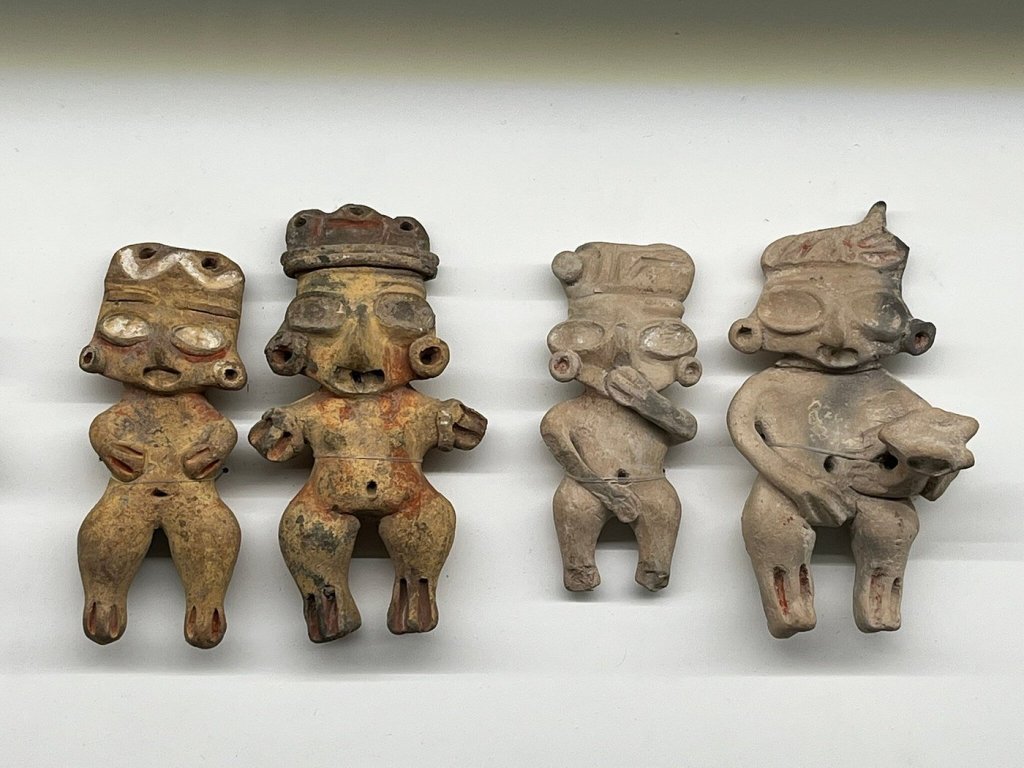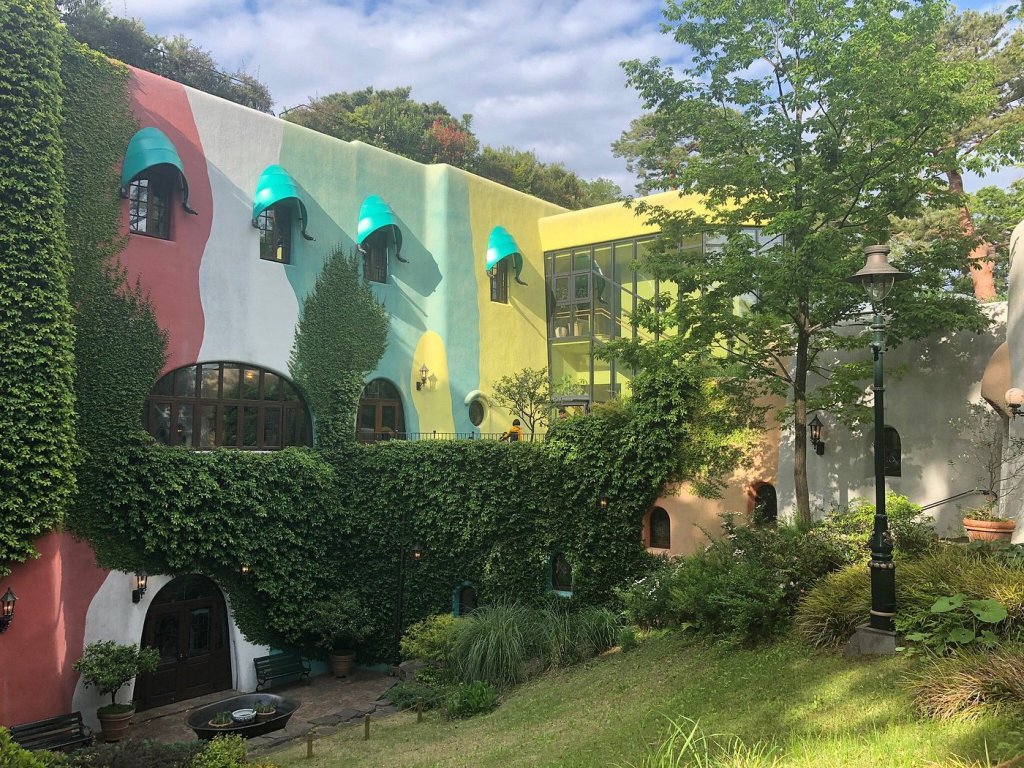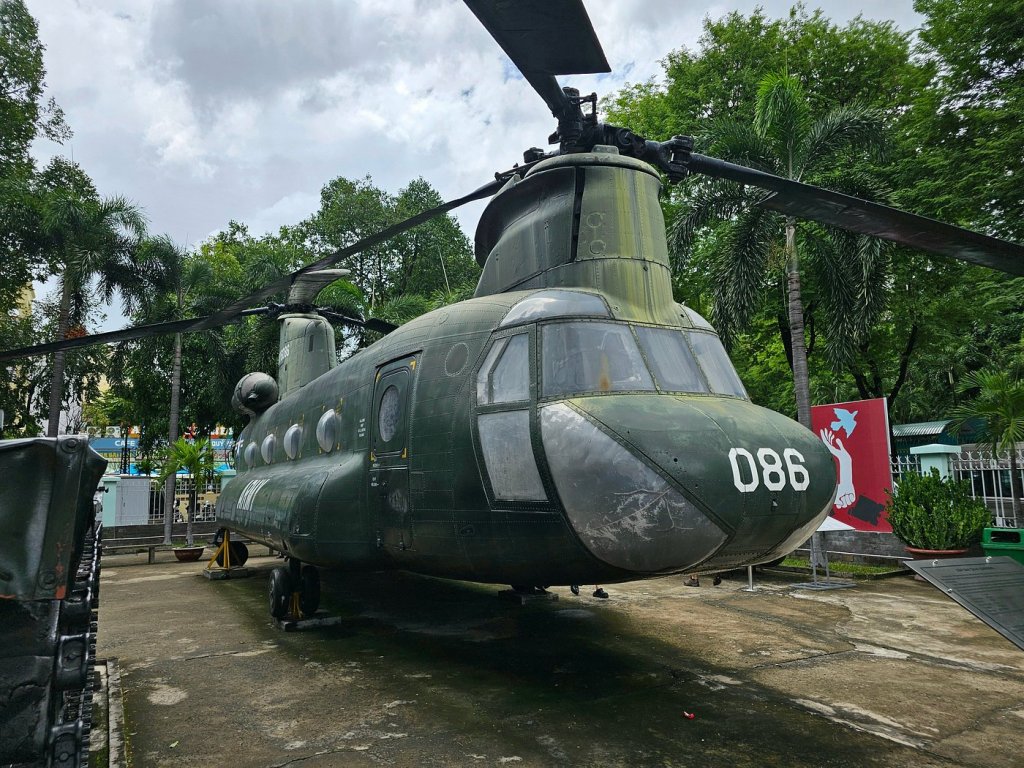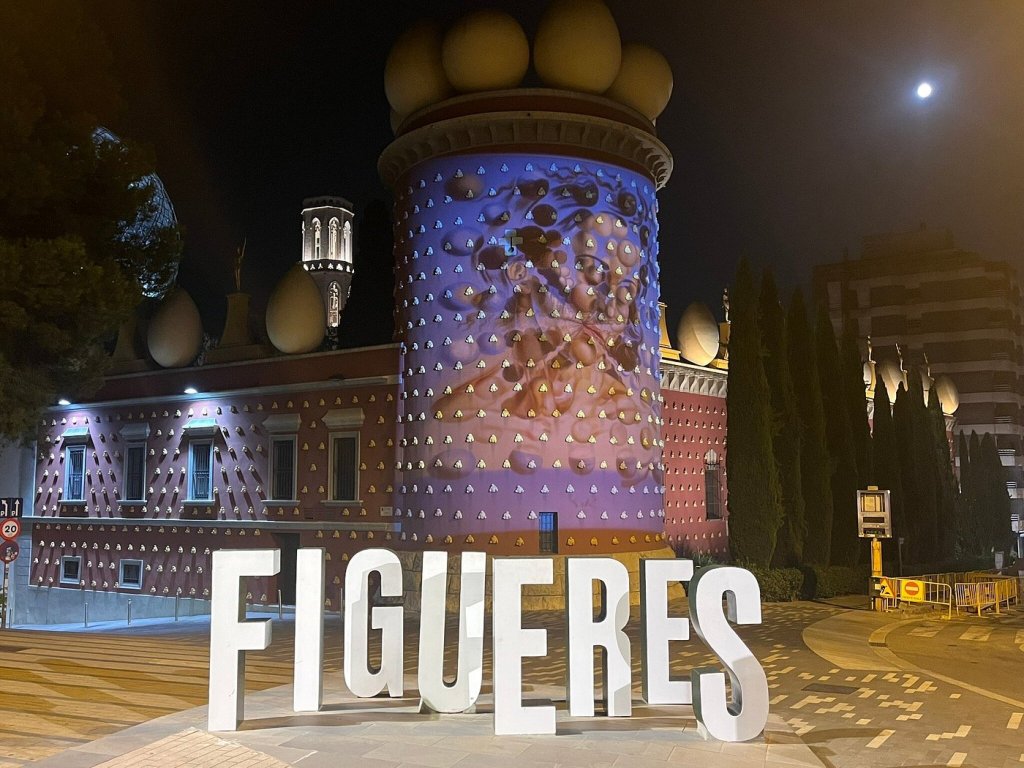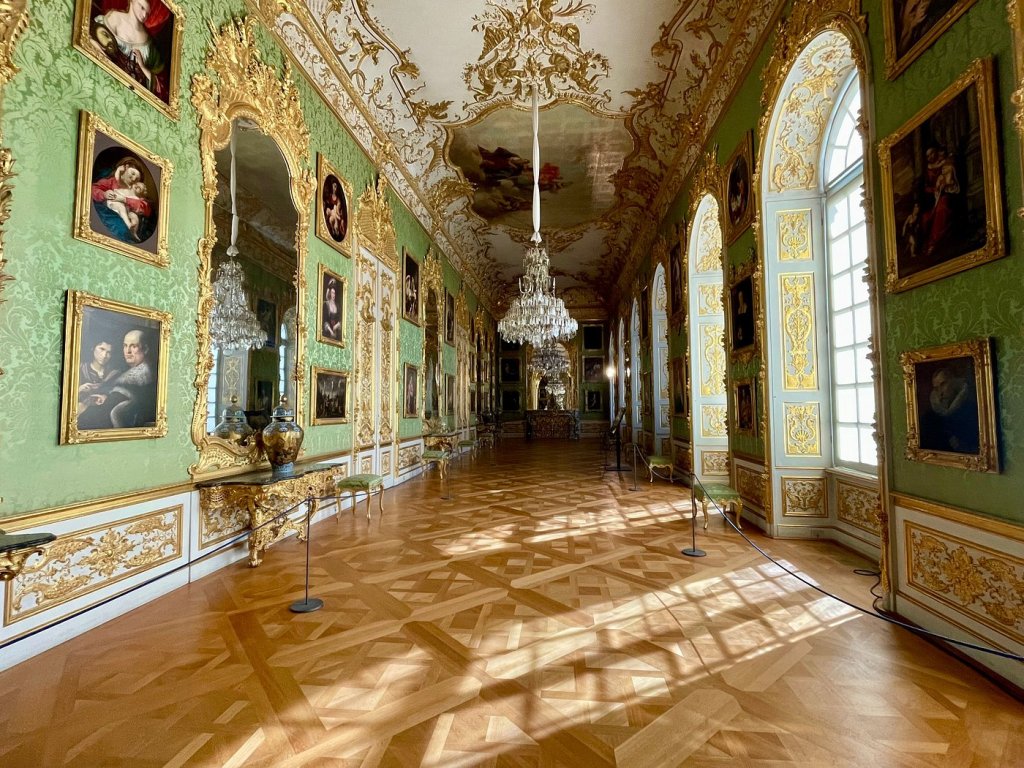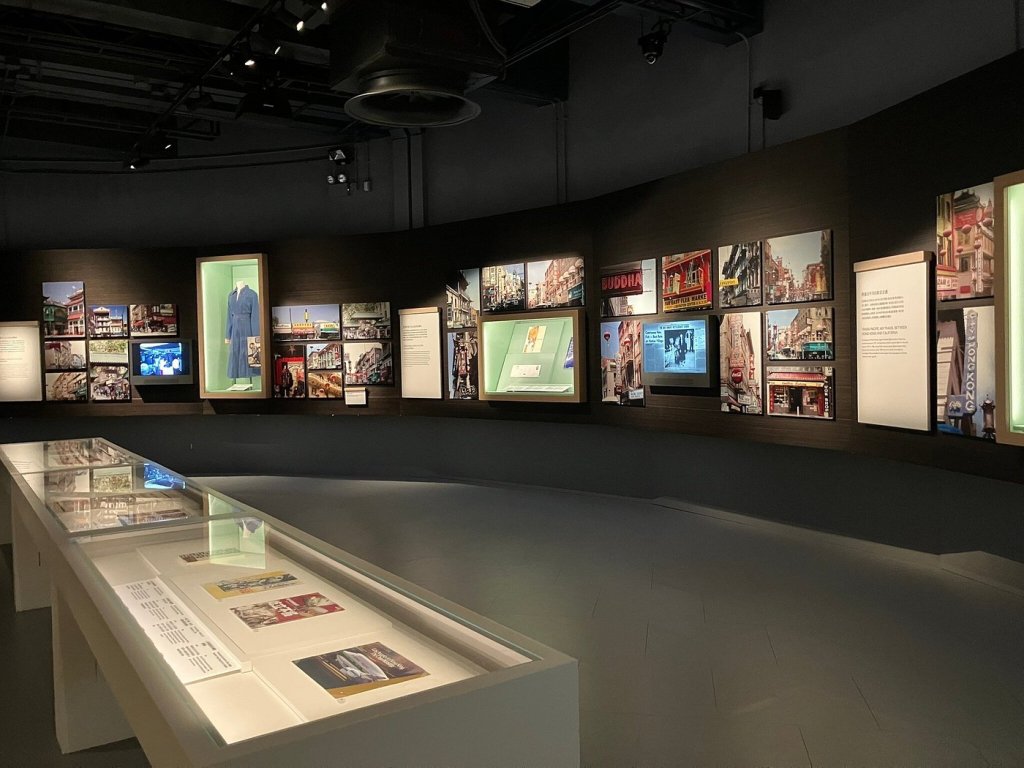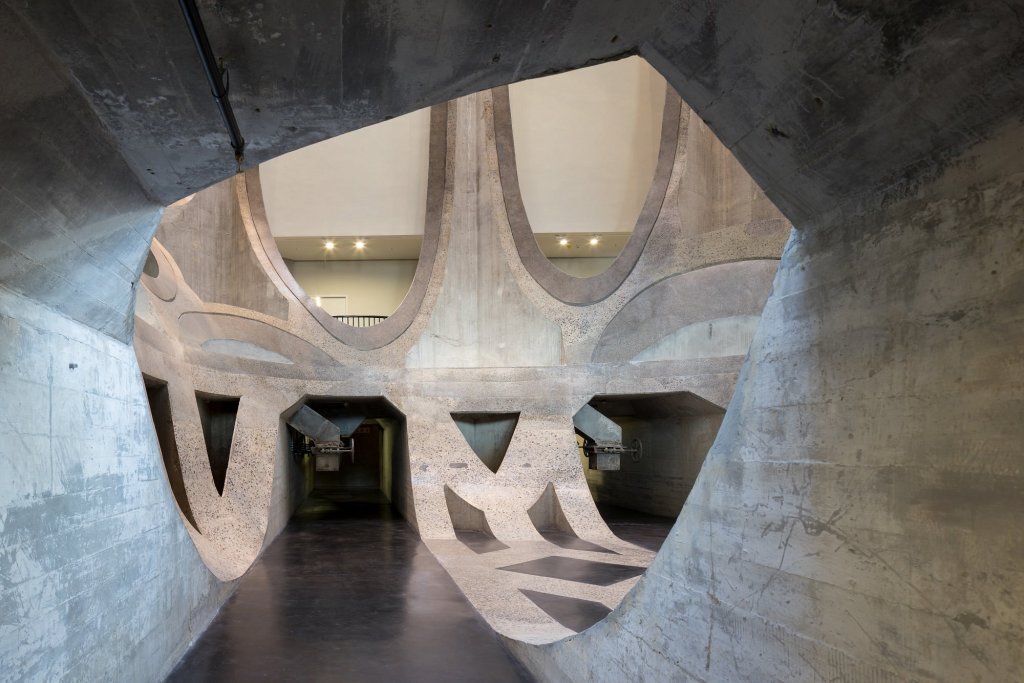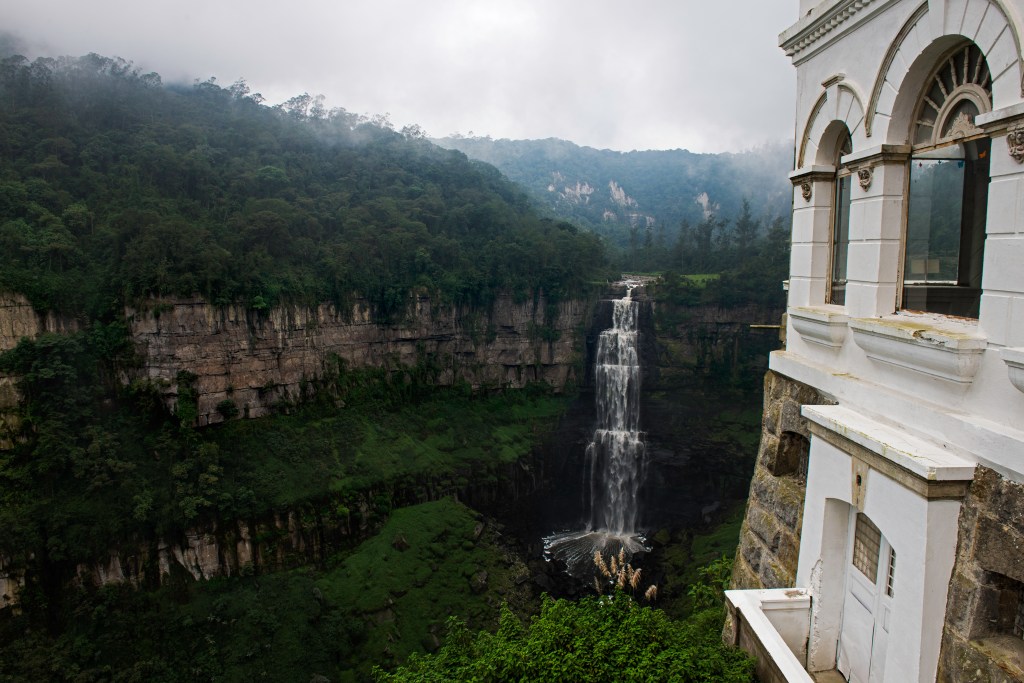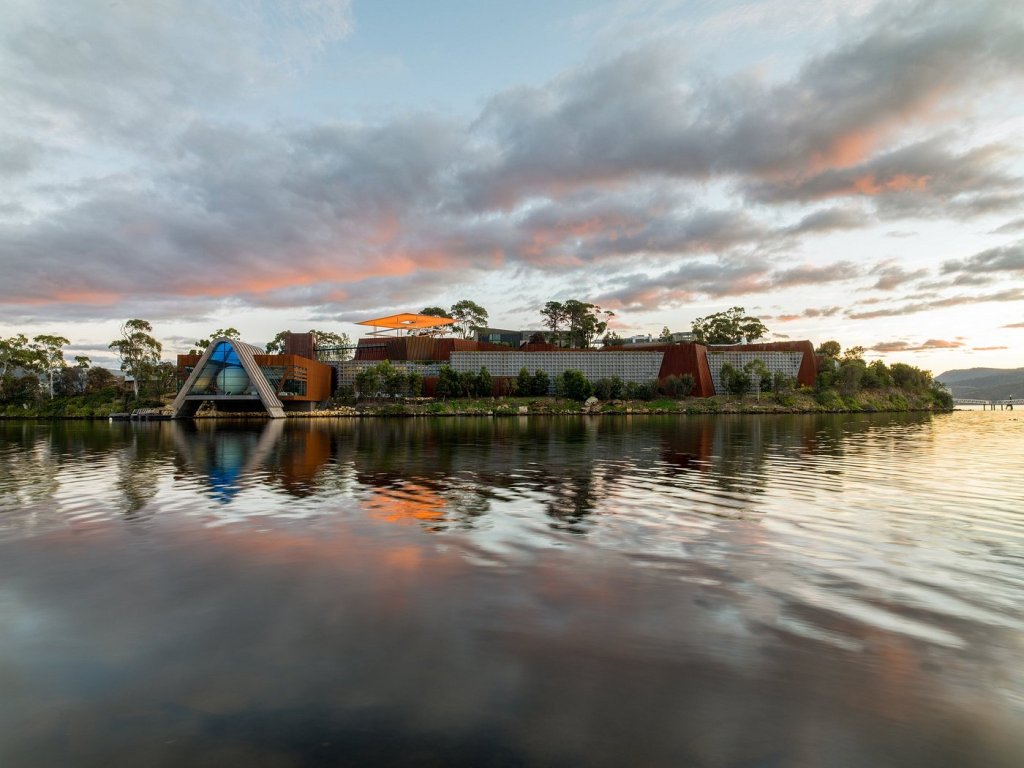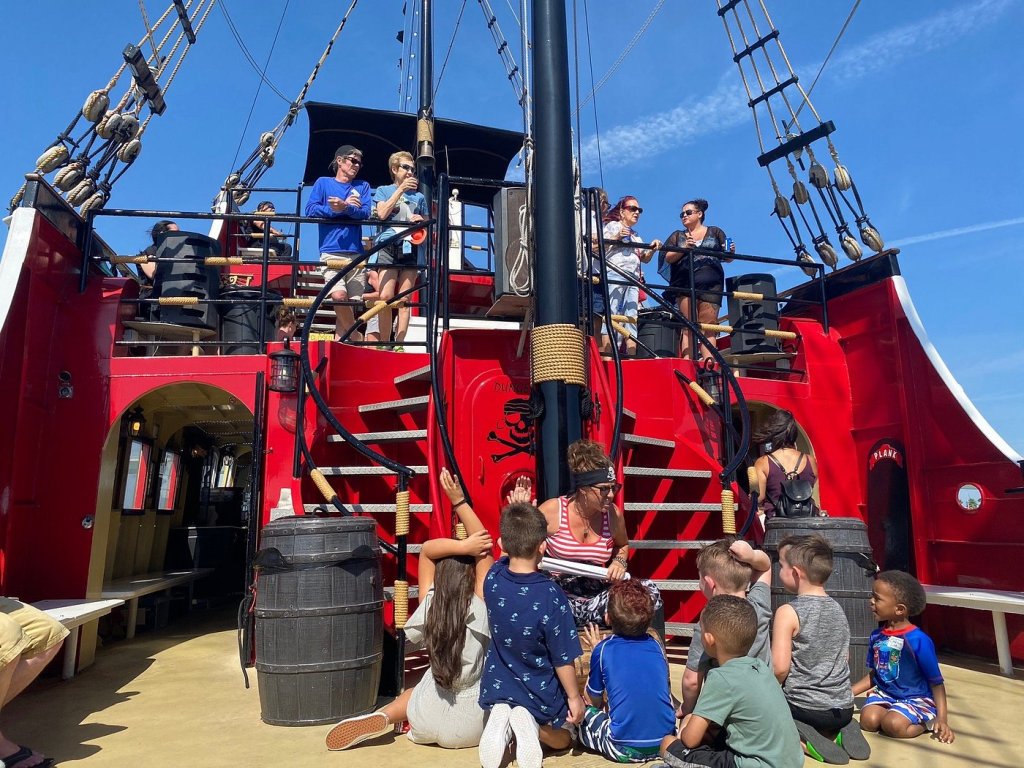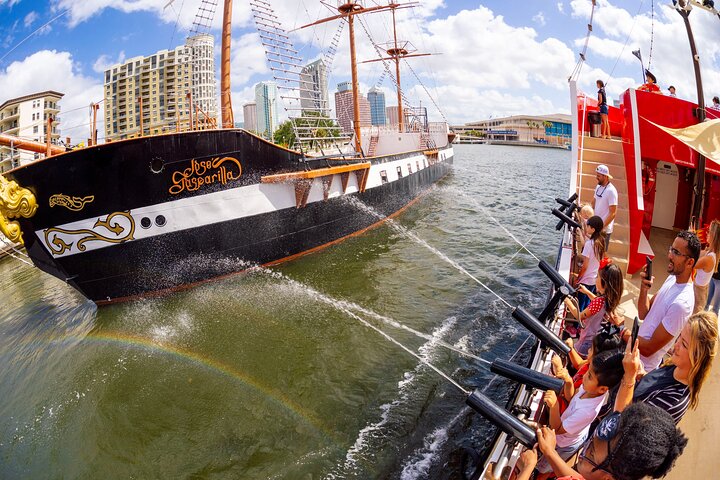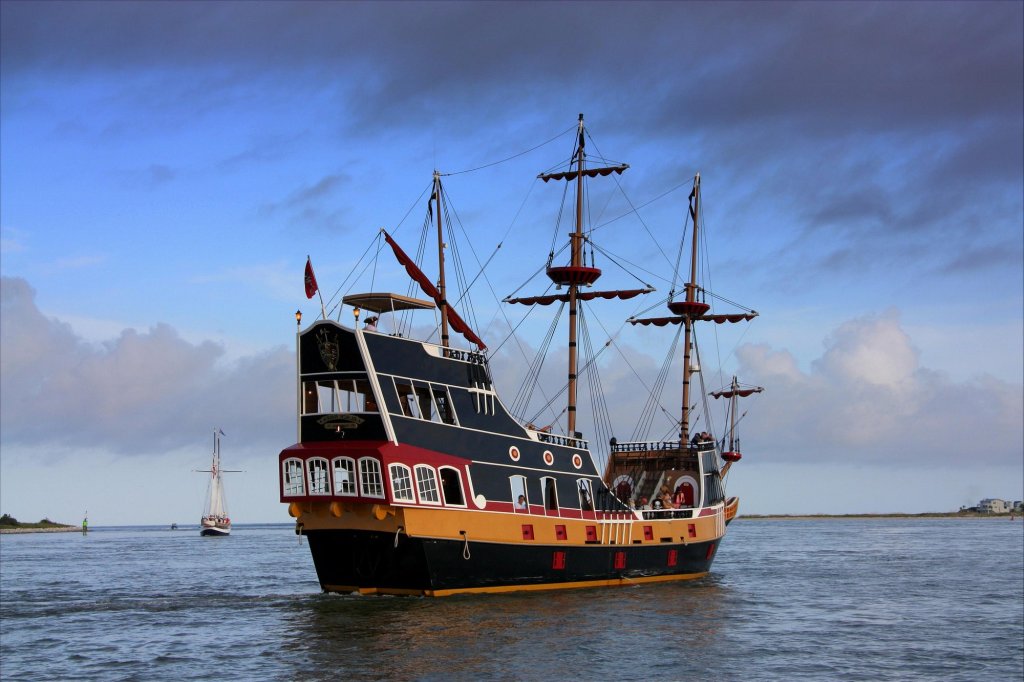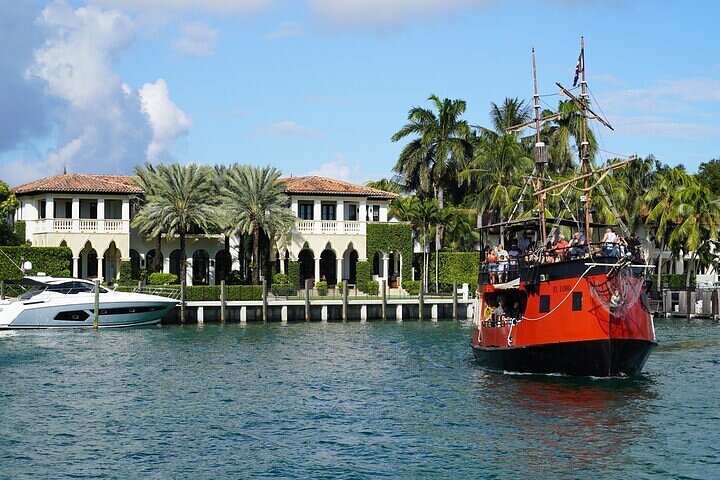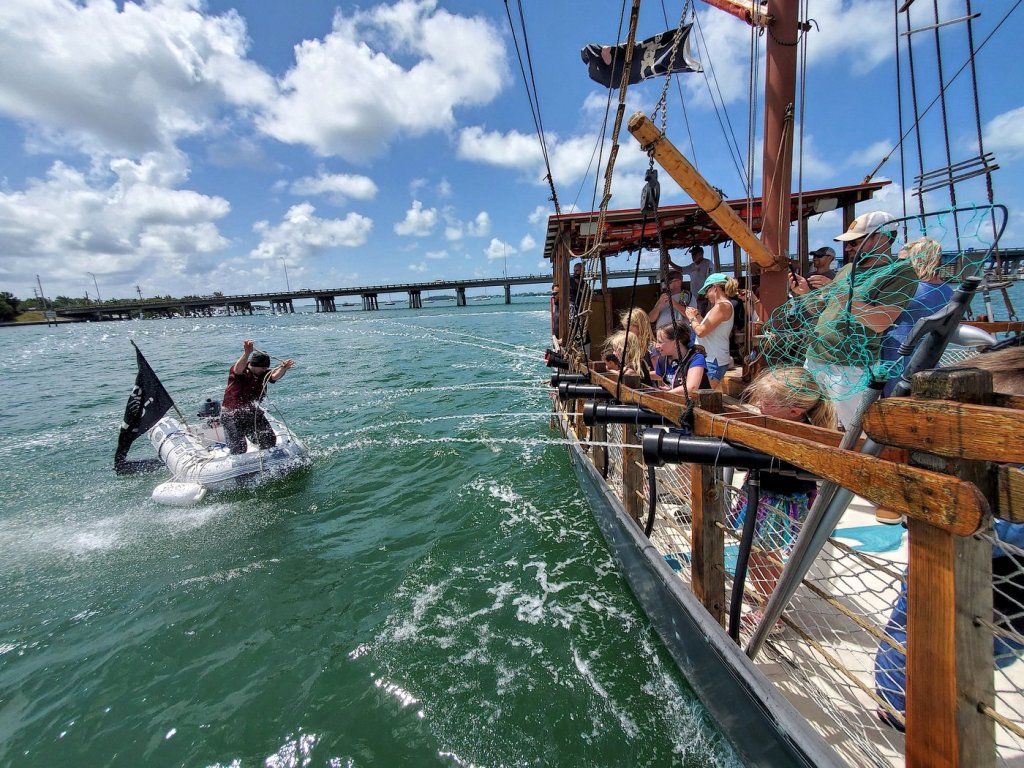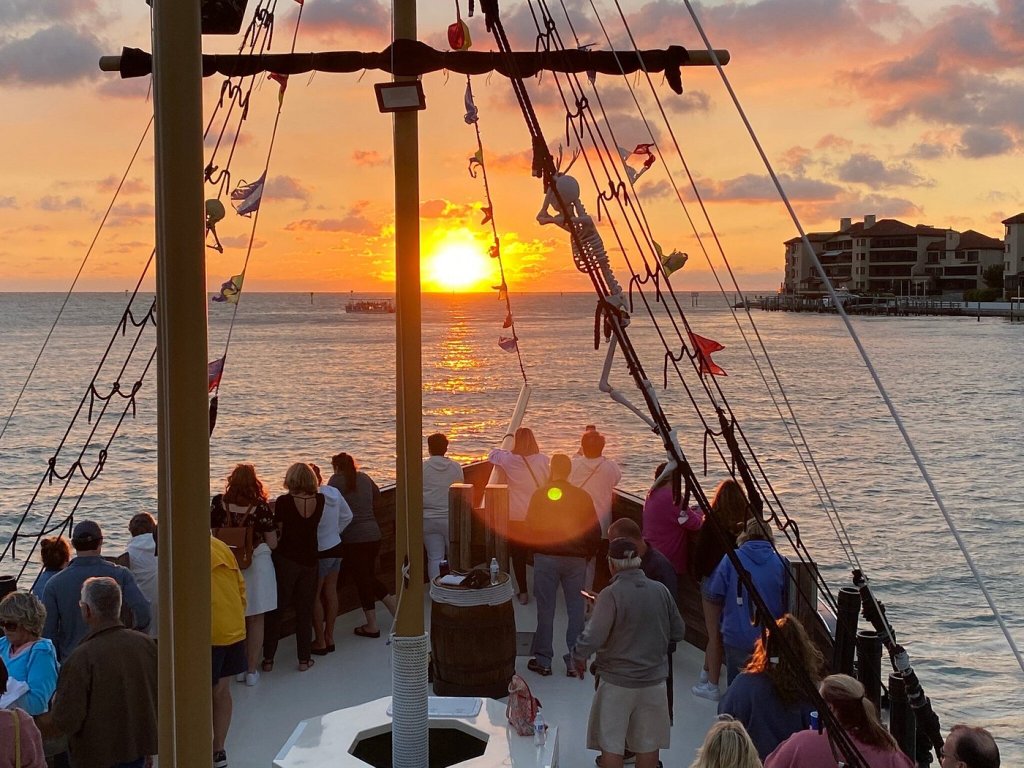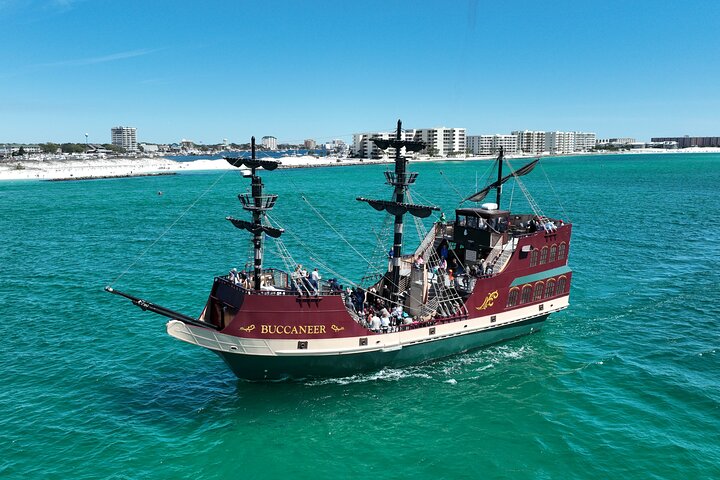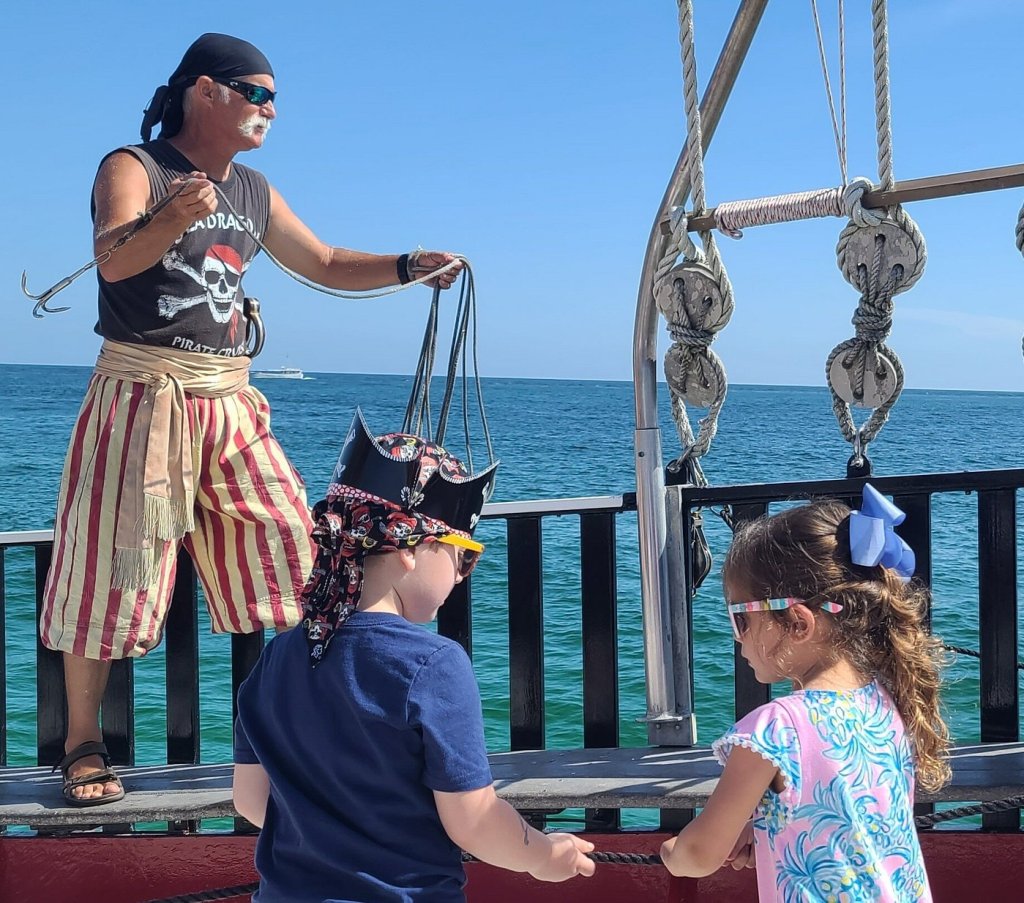Controversial travel opinion: Some tourist traps are absolutely worth the fuss.
For example, overpaying for a (plastic) glass of champagne at a mini-bar at the top of the Eiffel Tower—a blatant tourist-trap cash grab. Does the champagne taste good? Not by Parisian standards. Are you paying an arm and a leg for something basic? Absolutely. Is it going to be crowded? Probably.
It’s a tourist trap, after all.
But it’s a special one. A memorable one. A meaningful one.
Though I spend a lot of time recommending ways that travelers can minimize the chance of getting tangled in a tourist trap web, there are times when you should live and let go.
And when it comes to US destinations with similar attractions, there’s no comparison to the tourist traps of San Francisco. They’re kitschy, they’ve been around for decades, and you’ve probably been avoiding most of them like the plague when you visit.
No more, my friends. These are the tourist traps in San Francisco that you can’t miss.
First up: not just my favorite tourist trap in SF, but possibly the state. Maybe even the country.
Tourist traps in San Francisco that you can’t miss
- Tonga Room & Hurricane Bar
- RocketBoat
- Chinatown
- Golden Gate Fortune Cookie Factor
- Alcatraz
- Scoma’s Restaurant
- Camera Obscura
- Hippie Hill
- Ghirardelli Square sundae
- Vesuvio Café
Tourist traps in San Francisco that you can’t miss
Tonga Room & Hurricane Bar
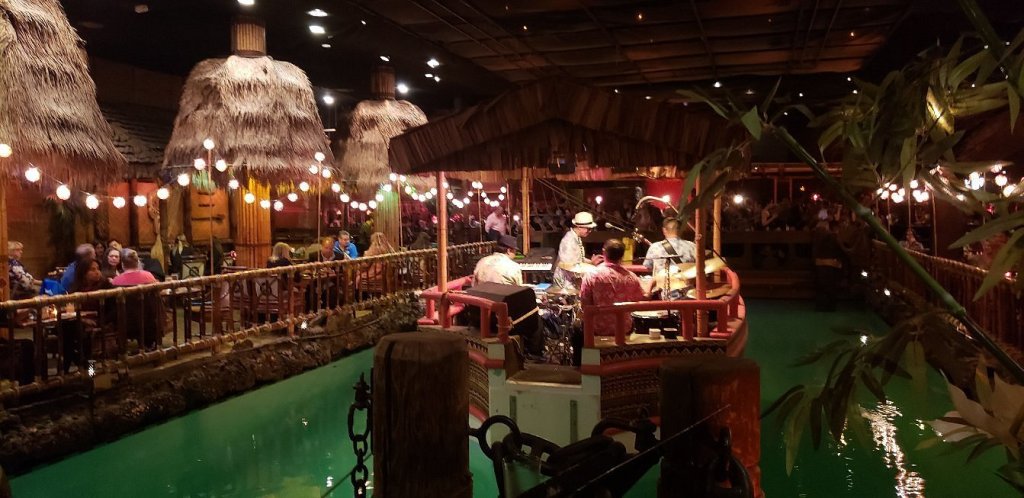
One of the wackiest and perfectly kitsch restaurants in the US, the Tonga Room and Hurricane Bar is a staple. This tiki-style restaurant includes a moody lagoon and fake thunderstorms that sweep through the restaurant periodically.
Are the food and drinks the best in the city? No. But there’s a band that plays on a little boat floating in the fake lagoon, and I think that’s a great compromise.
RocketBoat
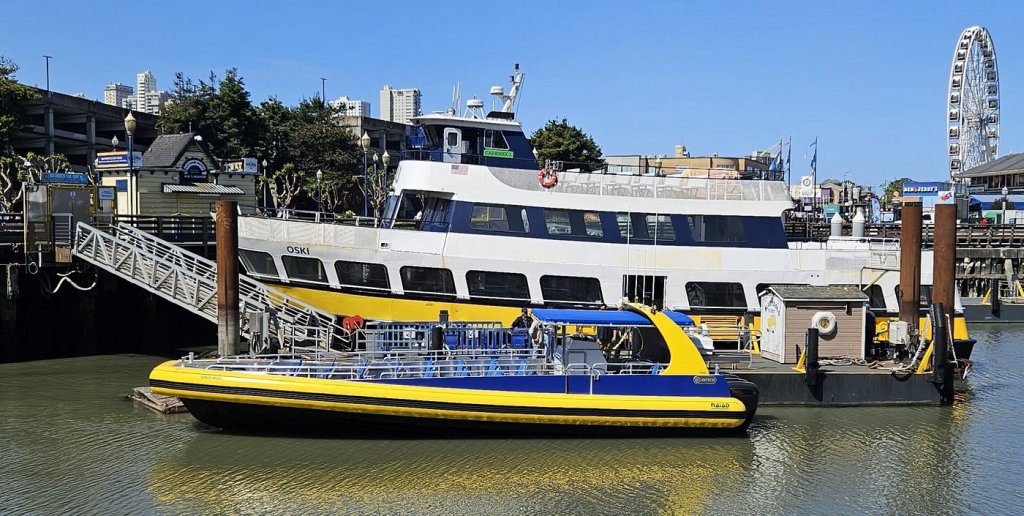
Departing seasonally from PIER 39, these small and flashy speedboats will zip you around San Francisco Bay at lightning speeds. Though closed in 2020 after a spat with the Coast Guard, it looks like RocketBoat is back up and running. Hand over your money if you like city views, fast rides, and the sea breeze.
Chinatown
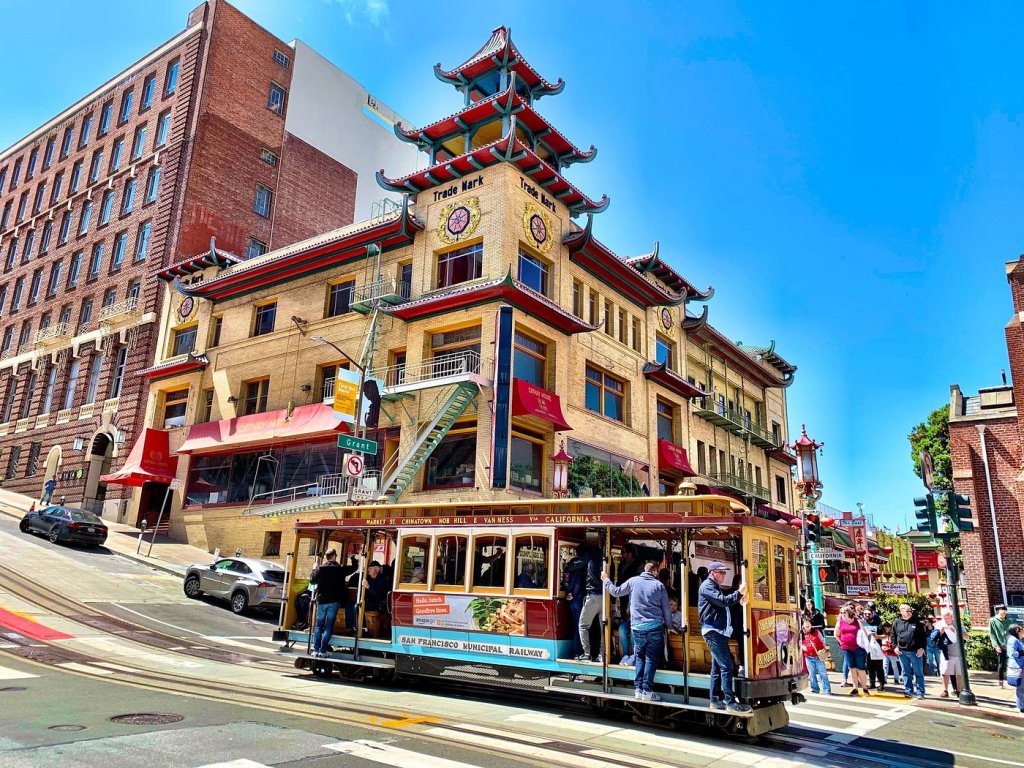
Home to the US’s oldest and most historic Chinatown, this tourist trap has the potential to keep you busy for hours as you wander the streets. Whether you’re looking for the best food in Chinatown or simply want to shop at boutiques and pop into museums, there’s a cool adventure around every corner. Plus, it’s spend-what-you-want, unlike the other tourist traps listed here.
Golden Gate Fortune Cookie Factor
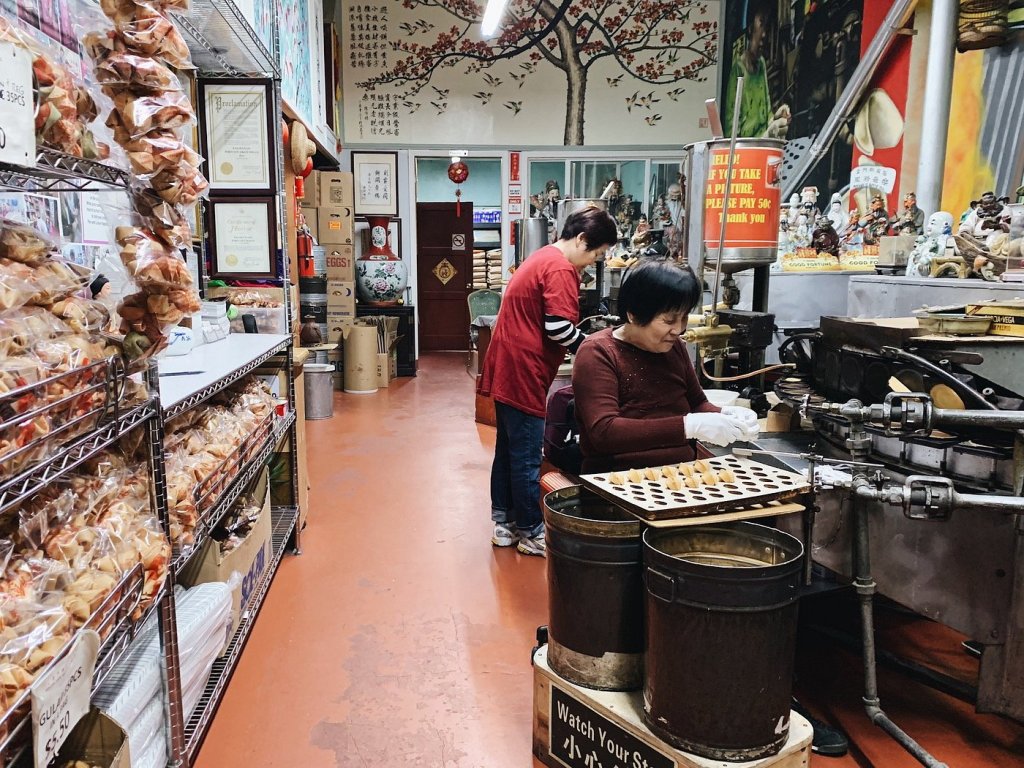
It’s not flashy or modern, and it doesn’t have an actual tour available—this is a real-life, mom-and-pop fortune cookie operation. Nestled right in the heart of Chinatown, it’s probably my second-favorite of all the tourist traps in San Francisco that you can’t miss. The only thing I love more than cookies is history. Also, the art of fortune-telling.
Alcatraz
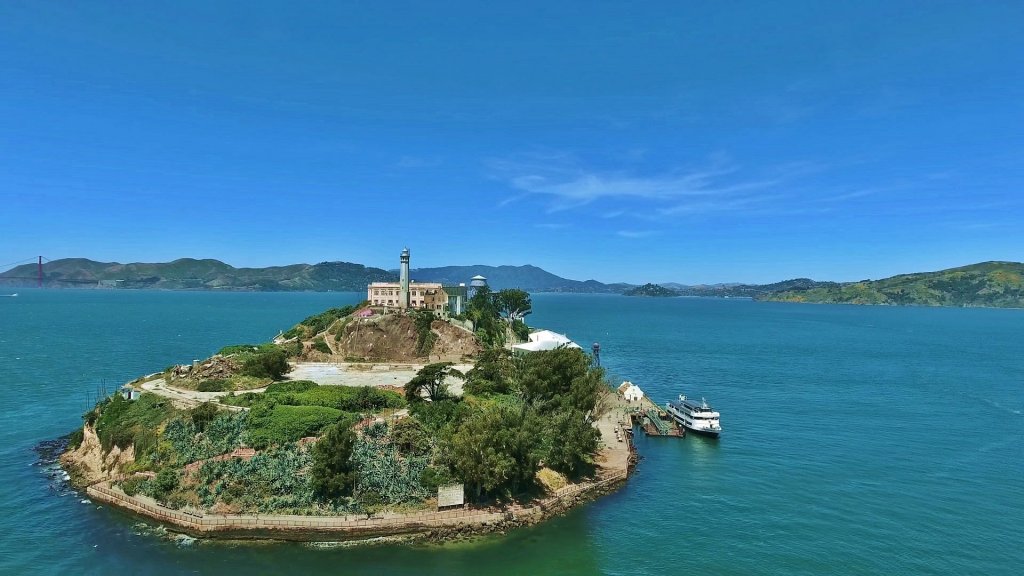
Alcatraz Island needs no introduction. From its real-life history to its intimidating reputation, it’s one of the US’s most iconic dark tourist destinations. Since 1963, it’s operated as a museum—but many claim to still feel the ghostly presence of the thousands imprisoned on this island. That’s a lot of spook for a standard tourist trap.
Scoma’s Restaurant
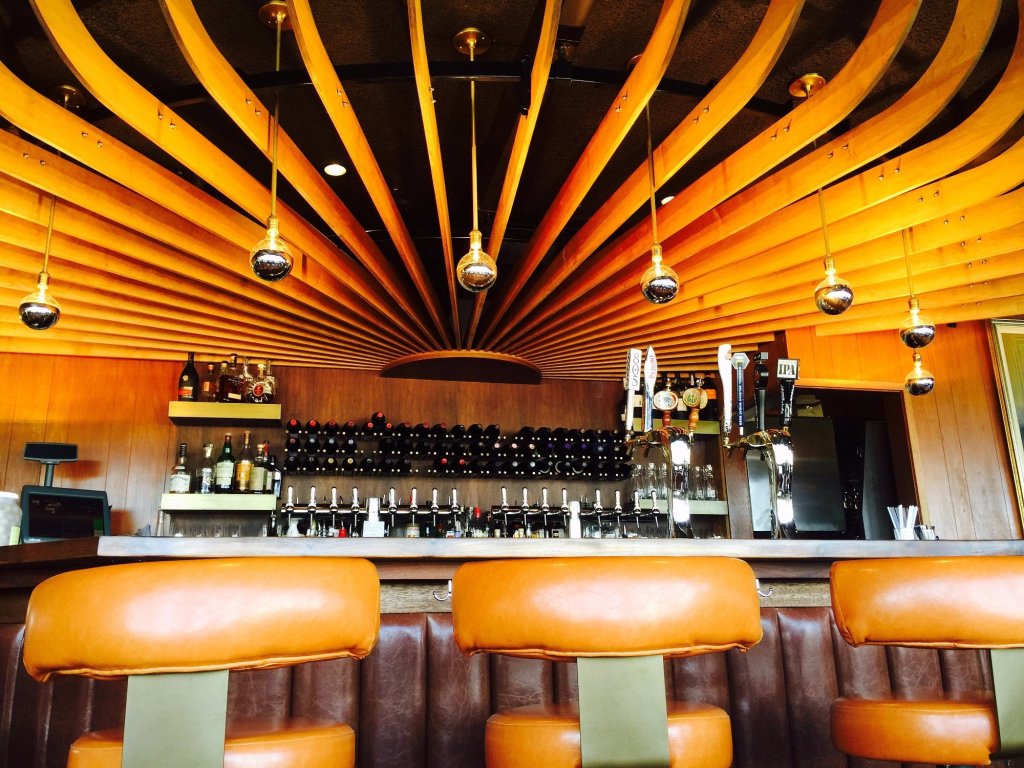
Similar to Chinatown, Fisherman’s Wharf is one of the city’s most well-known tourist traps—and it’s been one for decades. Scoma’s opened in 1965, making its name thanks to its ‘pier to plate’ menu that’s born from the owners’ relationship to local fishers. It’s delicious, if crowded—and absolutely worth your time.
Camera Obscura
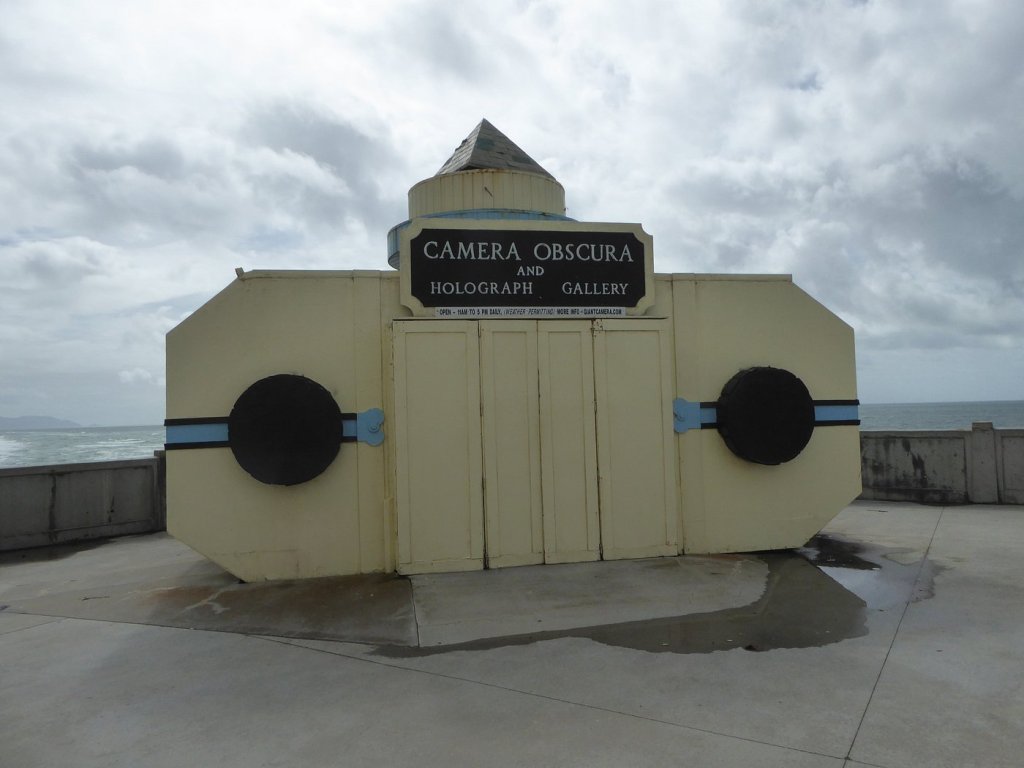
Not all tourist traps in San Francisco are easy to find. This one is slightly off the beaten path and usually regarded as a more cult-level tourist trap—one that locals also enjoy. It’s a small structure where you can see holograms. Just ask a local if it’s still open before you visit; I’ve seen conflicting reports about whether this camera obscura is still live.
Hippie Hill

Of all my Golden Gate Park adventures, my favorite was a visit to Hippie Hill. This well-known enclave in the larger park offers great views of the city and its iconic architecture. Just make sure you plan your route—Golden Gate Park is absolutely massive. I suggest bundling a visit to the Japanese Tea Gardens, as well.
Ghirardelli Square sundae
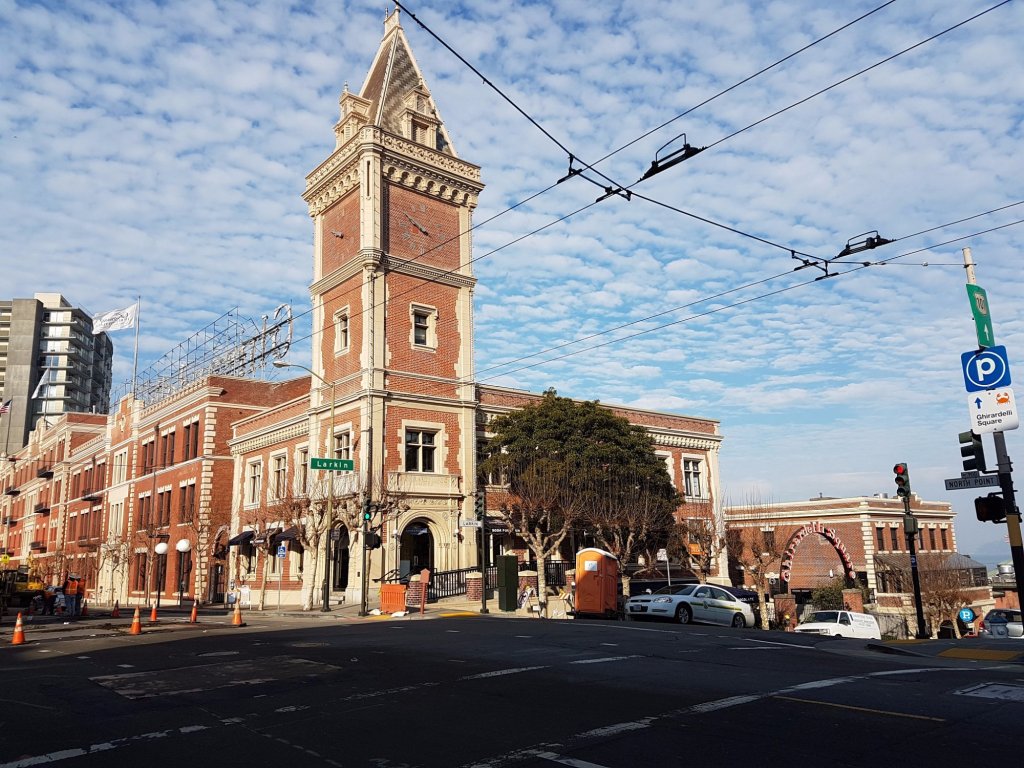
Chocolate lovers, assemble! There are dozens of ways to enjoy Ghirardelli Square, which is a small group of renovated factories where you can learn the art of chocolate making, explore galleries, and shop for chocolate products. I suggest going for the famous ice cream sundae.
Vesuvio Café
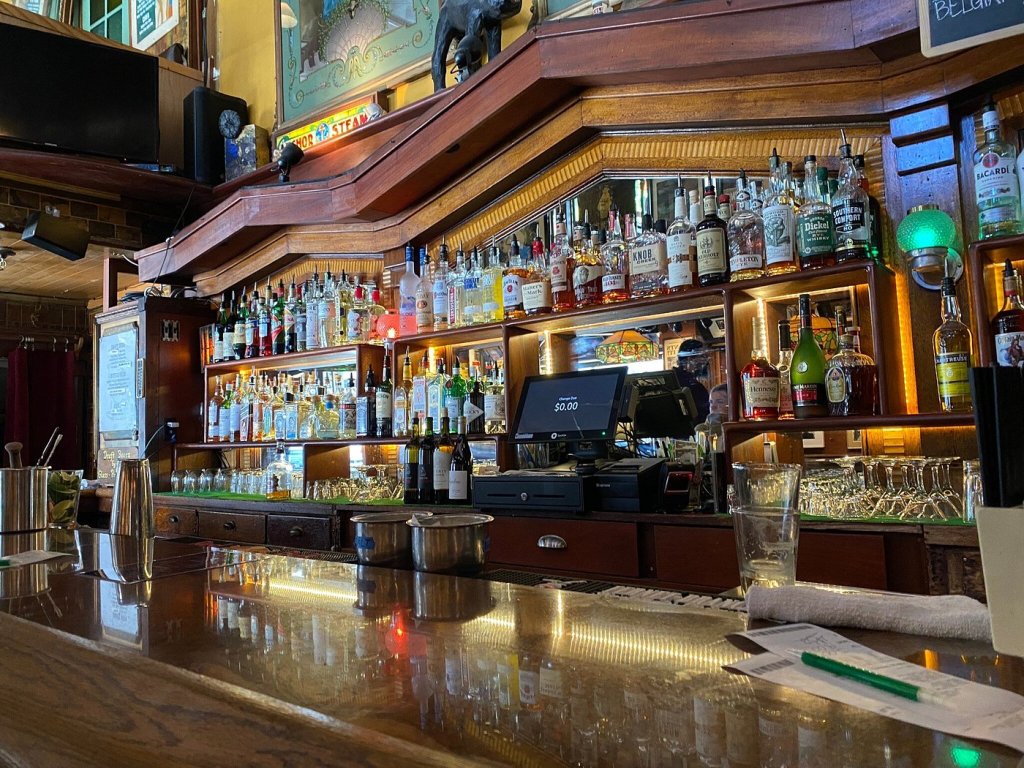
For half a century, Vesuvio Café has been one of the best dive bars on North Beach—one that got its name thanks to its famous Beat era patrons. It’s still frequented by locals who like the relaxed atmosphere and bohemian vibes. Stop in for a drink if you like casual bars with meaningful history.
